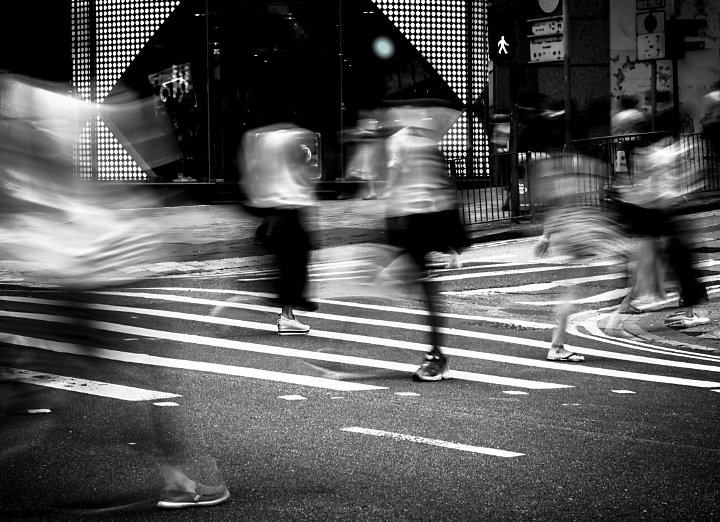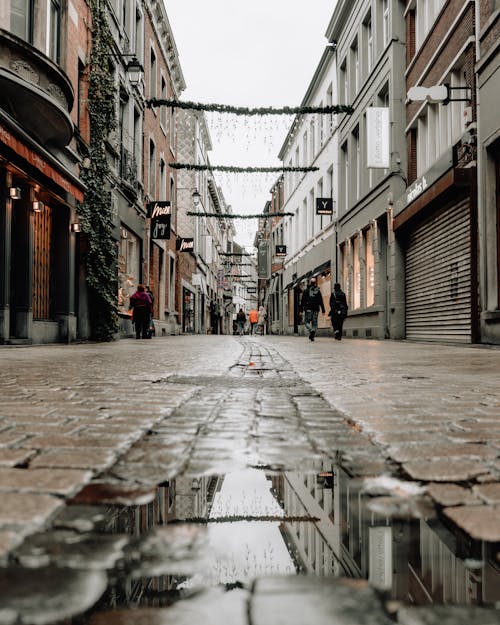About Framing Streets
Wiki Article
An Unbiased View of Framing Streets
Table of ContentsSome Known Details About Framing Streets All about Framing StreetsEverything about Framing StreetsThe Main Principles Of Framing Streets Unknown Facts About Framing Streets3 Easy Facts About Framing Streets Described
, normally with the purpose of catching photos at a crucial or emotional moment by careful framing and timing. https://framingstreets1.start.page.
His boots and legs were well defined, but he is without body or head, because these were in movement." Charles Ngre, waterseller Charles Ngre. https://profile.hatena.ne.jp/framingstreets1/ was the initial professional photographer to acquire the technological elegance called for to register people in activity on the road in Paris in 1851. Photographer John Thomson, a Scotsman dealing with reporter and social activist Adolphe Smith, published Street Life in London in twelve monthly installments beginning in February 1877
Get This Report about Framing Streets
Eugene Atget is considered as a progenitor, not due to the fact that he was the first of his kind, yet as a result of the popularisation in the late 1920s of his document of Parisian streets by Berenice Abbott, that was inspired to undertake a comparable paperwork of New York City. [] As the city created, Atget assisted to advertise Parisian streets as a worthy topic for photography.
Indicators on Framing Streets You Need To Know
In between 1946 and 1957 Le Groupe des XV yearly showed work of this kind. Andre Kertesz. Circus, Budapest, 19 May 1920 Street photography developed the significant web content of 2 exhibitions at the Museum of Modern Art (Mo, MA) in New york city curated by Edward Steichen, 5 French Photographers: Brassai; Cartier-Bresson, Doisneau, Ronis, Izis in 1951 to 1952, and Post-war European Photography in 1953, which exported the concept of street photography internationally.
The Buzz on Framing Streets
The recording maker was 'a surprise cam', a 35 mm Contax concealed underneath his coat, that was 'strapped to the chest and connected to a lengthy wire strung down the right sleeve'. Nonetheless, his work had little modern influence as because of Evans' level of sensitivities concerning the creativity of his task and the privacy of his topics, it was not released up until 1966, in the publication Numerous Are Called, with an introduction composed by James Agee in 1940.Helen Levitt, after that an instructor of little ones, related to Evans in 193839. She recorded the transitory chalk illustrations - 50mm street photography that were component of youngsters's street society in New york city at the time, in addition to the children that made them. In July 1939, Mo, MA's new digital photography section included Levitt's job in its inaugural exhibitionRobert Frank's 1958 publication,, was significant; raw and often indistinct, Frank's photos questioned conventional digital photography of the time, "tested all the formal rules set by Henri Cartier-Bresson and Walker Evans" and "contradicted the wholesome pictorialism and heartfelt photojournalism of American publications like LIFE and Time".
Report this wiki page